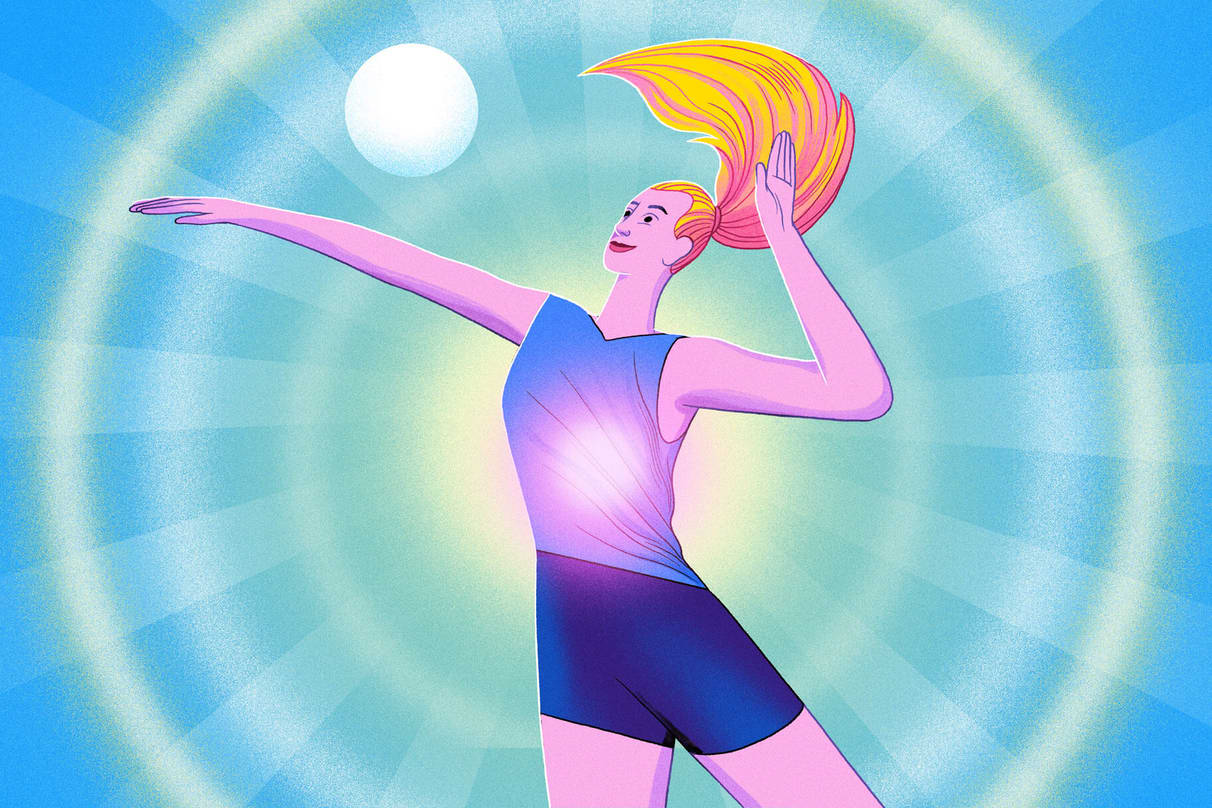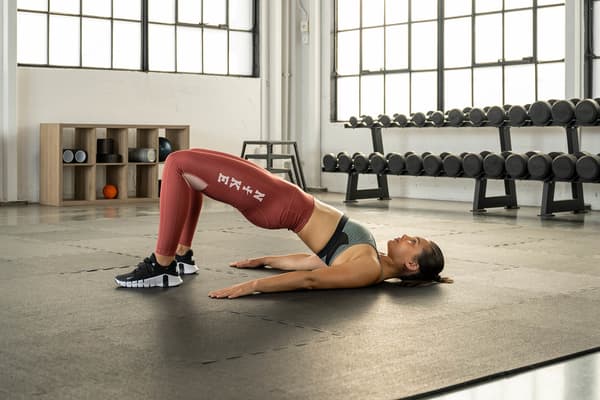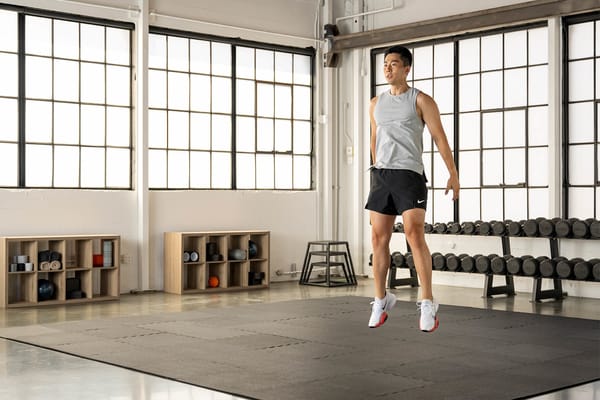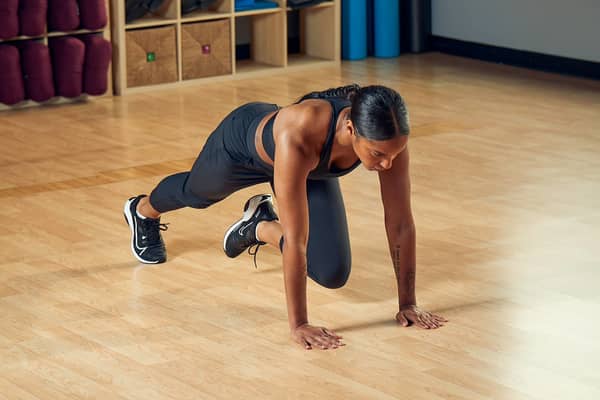How To Play Volleyball, According to Pros
Sports & Activity
Have you always wanted to play volleyball but don’t know where to start? Seasoned players share the foundations of the sport.

When playing a new sport, understanding the rules of the game is essential. Learning how to play volleyball is no different. To help with this, we turned to volleyball pros for advice. Ahead, learn five tips on how beginners can learn to play volleyball.
Learn Some Basics of the Game
The most important rule: Don't let the ball hit the floor on your side of the net. Each side gets up to three contacts with the ball, said Hailey Harward, a professional beach volleyball player, and two-time NCAA champion, before they have to hit it over the net.
Belén Castillo, a former indoor volleyball player at the University of California, Berkeley and beach volleyball player at the University of Southern California (who is joining the professional tour in summer 2023), added that players are not allowed to touch the ball twice in succession and “the ball must hit the floor inside the boundary lines of your opponent's court in order to score a point.”
When it comes to the number of players on the court, it depends on if the match is beach volleyball or an indoor match. For indoor volleyball, a game features six players against six players.
For beach volleyball, the skills are similar, but the set-up is a bit different. The game is two on two, Harward said, and the court is smaller compared to an indoor volleyball court.
The score count also differs. For indoor matches, it's typically the best of five games. If the teams are tied (with each team winning two sets) after the fourth game, the fifth game is played to 15 points.
On the sand, Harward says beach matches are played to 21 points instead of 25. It's also the best of three games, with the third game being played to 15 points. In addition, players switch sides of the net every seven points in beach volleyball to ensure fairness due to weather conditions such as wind or sun, she said.

Practice the Moves
In volleyball, there are various ways to hit the ball. For beginner purposes, Harward said there are two fundamental moves to learn and practice: serving and passing.
Each play in volleyball begins with a serve, and there are various ways to serve. The easiest for beginners is an underhand serve, Harward said, "which is where you hold the ball out in front of you, and you hit the ball with a closed fist … where you're coming under the ball and just hitting it up and over [the net]."
As its name suggests, passing involves a player passing the ball to a teammate. "You have to visualize where the ball is going," Harward said of how to pass the ball. "And then the first step is to move your body, shuffling towards where the ball is going. As you do this, "you stick your arms out in front of you and angle your arms so that the ball meets your arms and then goes off of your angle where you want it to go."
To get the hang of passing, Castillo recommended practicing against a wall. "Practice getting used to using your arms as a platform and pass your volleyball against the wall," she said. "Once you get the hang of it, put a piece of tape on the wall and try to hit it to improve your accuracy. Think of your passing platform as a wooden board you need to angle to where you want the ball to go."

Understand the Different Positions
In order to continue to learn the game, it’s important to understand the role of different positions on the court, too.
First, there's the libero, Harward said, "which is a specialty position. They usually wear a different colored jersey, and this allows them to sub in and out of the game whenever they want, but they always play in the back row. They're usually the designated passer and defender on the court. So they're really good with ball control."
Next, there are pin hitters and middle hitters. "[Pin hitters] play in the front row," Harward said. "And they're usually the primary blockers and attackers, but they can also play [in the] back row as well.” Middle hitters, on the other hand, are the primary blockers in the middle of the court.
Setters are also important in every volleyball game. "They're usually the person who is like the quarterback of the team," Harward explained. "They usually tell the hitters what plays to run, and they usually get the second contact [with the ball] on your team unless they otherwise ask for help."

Use Your Core Strength
Although your arms are heavily used while playing volleyball, the secret to becoming a better player is to build core strength. "Many people think the key to strong hitting is arm strength, but the secret to a powerful swing lies in your core and abs," Castillo said.
Core strength is also key for stability, which is challenged while playing volleyball as you need to move quickly and powerfully to prevent the ball from hitting the ground. "Your core is one of the most important parts of your body as a volleyball player because it is key for stabilization,” Castillo said.

Overcommunicate With Your Team
Lastly, remember that volleyball is a team sport. Constant communication is critical for success. "Once you are in a game situation, make sure to talk to your teammates," Castillo said. "The best teams prioritize communication and are constantly verbalizing their next move to avoid confusion and function as one cohesive unit."
And, most importantly, remember to have fun. "Starting any sport can be overwhelming, but performance is best when you are focused but also enjoying yourself," Castillo said. "One of the best aspects of volleyball is that it's a team sport. It is amazing to get to share the triumphs of competing and learning with your friends."
Words by Jessica Estrada




